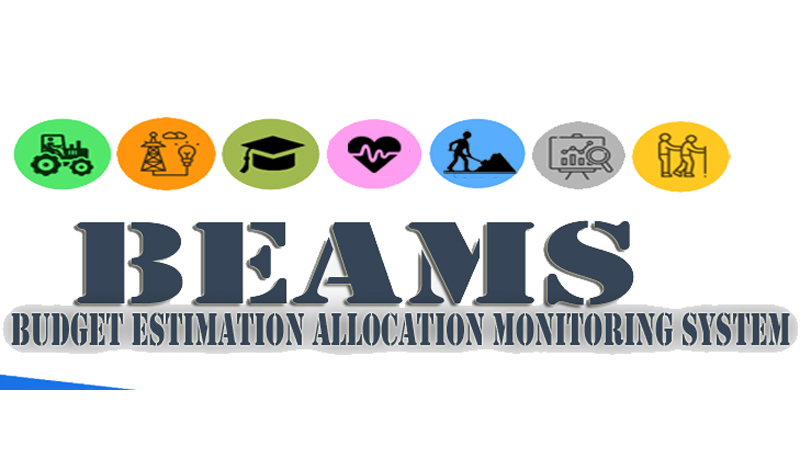In a significant development, the Finance Department has taken a strong stance by refusing to accept various ongoing works of different departments under the Capital Expenditure (Capex) and District Capex Budgets. The rejection was based on discrepancies found in the accompanying documents, including Administrative Approval, Technical Sanction, and proof photographs uploaded by the Drawing and Disbursing Officers (DDOs) while submitting bills through the JKPaySys and PROOF App on the BEAMS portal.
The BEAMS portal is a reliable and transparent tool for budget planning, expenditure audits, and real-time reconciliation of accounts. It replaces the manual budgeting process, characterised by a lack of transparency, difficulties due to time delays, and ineffective monitoring and budget control. The recently developed PROOF App aims to monitor the progress of work assigned to different DDOs across various departments. It provides a visual representation of the work, including geographical coordinates (latitude and longitude) and user comments on work progress. The uploading of documents is necessary to maintain the integrity of the financial processes, promote transparency, facilitate monitoring and control, and hold the responsible parties accountable for their actions. It helps ensure that the ongoing work and activities comply with the established guidelines and that estimates are correct, leading to efficient and effective utilisation of funds. By digitising the workflow and document management, it becomes easier to track and monitor transactions, approvals, and the overall progress of activities. This transparency reduces the opportunities for corrupt practices, as actions are recorded and can be audited. Online portal automates many processes, minimising the need for human intervention. This reduces the potential for collusion between officials and individuals seeking favours. By streamlining procedures and making them system-driven, the chances of corruption-related activities decrease.
The incorporation of digital payment systems has already made financial transactions more transparent and traceable. This has removed the chances of embezzlement or diversion of funds. Additionally, digital records of financial transactions provide a clear audit trail, making it easier to identify any irregularities or fraudulent activities. An online portal enables real-time monitoring and reporting of activities. This allows for prompt detection of any suspicious or fraudulent behaviour. The system is designed to generate alerts or triggers based on certain parameters; it can identify anomalies or deviations from established norms, flagging them for further investigation. Data analytics tools can be incorporated to identify patterns or trends that may indicate corrupt practices. By analysing data such as expenditure patterns, approval timelines, or other relevant metrics, the system can flag potential red flags or anomalies for further investigation. It enables authorities to hold individuals accountable for their actions. The system records each step of the process, making it easier to identify responsible parties in the event of irregularities. This promotes a culture of accountability, as individuals are aware that their actions are being recorded and can be traced back to them.
Officials failing to adhere to the administration’s strict guidelines and uploading incomplete documents demonstrate a serious lapse on their part. This negligence must be dealt with strictly. The allotted one-week timeframe provides ample opportunity for the departments at fault to rectify their documents and reload them appropriately. However, failure to comply may result in the permanent blocking of the allocated budget and subsequent departmental action.
The administration’s dedication to transparency is demonstrated through the implementation of various online systems and the successful establishment of a paperless official system, eliminating the need for the traditional Darbar move. This ongoing exercise is part of the digitization process and aims to address existing loopholes, such as delays, fund diversion, and corrupt practices.
Trending Now
E-Paper


